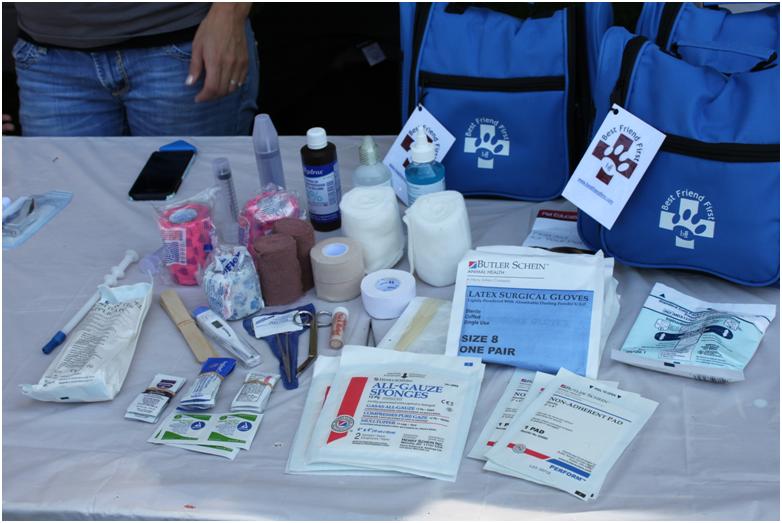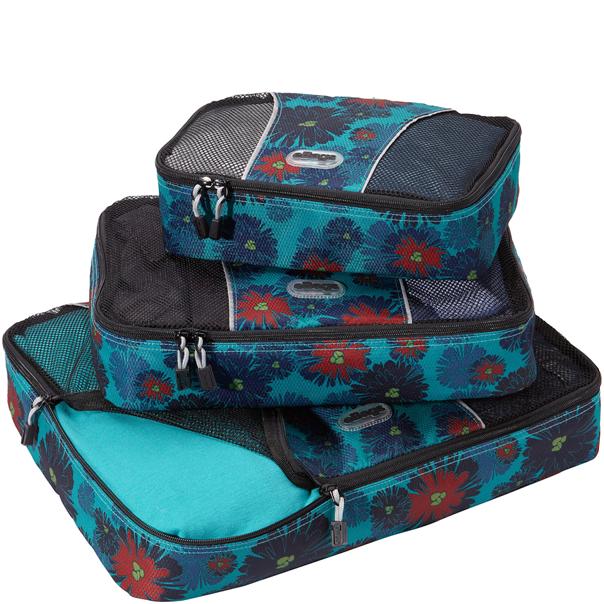How to Protect Your Outdoor Pet
June is game time for Fido and, as the trails clear for boundless hiking and biking, so increases the dangers. Whether it’s a tick or snake bite or a slip and twist we forget that dogs can get injured just like us. They’re not Gumbies or indestructible. Protect your outdoor pet before you even hit the dirt.
Pack a pet first aid kit and download the American Red Cross Pet First Aid app. Now, veterinary advice for everyday emergencies is at your fingertips. There are videos, interactive quizzes and simple step-by-step advice. Use it when your dog (or cat) chokes on food or eats a poisonous plant. Learn first aid steps for over 25 common pet situations through a combination of text, video and photos. The “how to” videos help you navigate through common emergency situations including size-specific CPR techniques. The app is available on iTunes, Google Play or Amazon Marketplace. $.99.
Pack up the right gear to make sure you have the proper tools should an emergency arise. You can either purchase a preassembled kit like this one from Kurgo or make your own.

Gear to Protect Your Outdoor Pet
There are plenty of DIY instructions on the Web but basically you need to include:
-
Antiseptic wash or wipes – non-stinging ones such as chlorhexidine or betadine.
-
Antibiotic ointment – over-the-counter “general purpose” antibiotic ointment for light use with minor skin wounds. Not for eye use. Caution is advised for animals that may ingest by licking. The antibiotics are absorbed via the skin, remaining ointment may collect debris or actually slow healing in some cases. Use with discretion.
-
QuikClot or similar – to stop bleeding (wounds).
-
Telfa pads – non-stick dressings for bandaging a wound.
-
Roll Gauze – used for bandaging, an aid to stop bleeding, and padding for splints.
-
Vet Wrap – this is a conforming bandage wrap used over the gauze (2″or 4″ – pick one that best fits your pet). It clings to itself and is semi-watertight.
-
Tape
-
Scissors – for trimming back fur, cutting out burs or freeing your pet from entanglements.
-
Sterile eye wash and ear wash
-
Tweezers – to remove splinters, or other foreign materials from wounds.
-
Tick remover tool
-
Toenail trimmer and styptic pencil – for torn nails.
-
Bandage Scissors
-
Vet-prescribed pain relief (NSAID) – speak to your vet about obtaining as-needed first aid kit pain relief.
-
Surgical gloves
-
Thermometer
-
Extra towels, wash cloths and a space blanket
-
Benadryl– for stings and allergic reactions
-
Syringe or large eye dropper – to flush wounds or administer fluids by mouth.
-
Your emergency vet phone number
-
A durable
sturdy bag for everything that’s easy to pack and carry. A packing cube from eBags can do double duty. Use one of the set of three for the kit and the others for regular camp packing.




Exdellent post. I was checking continuously this blog and I
am impressed! Very helpful info specifically the last part
🙂 I care foor such info a lot. I was seeking this certain information for a very
long time. Thank you and best of luck.